
Dubai: The world has reopened, but we're all still waiting for a vaccine. A COVID-19 jab is considered the key to lifting social-distancing measures, reopening schools, markets and events around the globe.
Among the coronavirus vaccine front-runners are several methods or "platforms": live-attenuated, inactivated, subunit, toxoid, DNA and mRNA. Today, the most advanced method is the mRNA (messenger ribonucleic acid).
This relatively new platform remains unproven, but holds much promise. And if it delivers, it's hoped to speed up — “revolutionise” — vaccine development going forward.
What do vaccines do?
In general, vaccines “train” and strengthen the body’s immune system. They help develop resistance against pathogens and illnesses by literally imitating an infection — with the sole aim to kick up the body's natural immune response specific to that infectious agent (such as COVID-causing SARS-CoV-2).
Why is an mRNA vaccine being dubbed 'revolutionary'?
Nucleic acids are the basic building blocks of life. A mRNA (messenger RNA) vaccine, which harnesses the human RNA (ribonucleic acid), is a relatively new type of vaccine, though it was first tested in the late 1980s.

mRNA vaccine is seen as the new hope for the world, now among the most advanced in human trials (Phase-3) to screen a safe and effective COVID-19 shot that will be used on the world's healthy population. Developing immunity to SARS-CoV-2 would render the virus no worse than the seasonal flu.
There are four phases in vaccine trials, the first 3 being the most crucial. At the end of Phases 1 and 2 trial of mRNA-1273, involving hundreds of volunteers, the company said the results were "encouraging". On November 16, 2020, it moved it closer to getting the licence for the first mRNA vaccine for human use following clinical trials involving 30,000 people. The whole journey took six months. On May 12, 2020 Moderna received fast-track approval from the US Food and Drug Administration (FDA) for mRNA-1273. On May 29, the first volunteer under Phase 2 testing of the vaccine was dosed, this time with an estimated 600 participants — including adults below and above age 55. Phase-3 study (involving thousands of volunteers) begins in July 2020 for Moderna. Interim data analysis done on November 16, 2020 showed "94.5% efficacy": it was claimed that out of 95 volunteers who were infected, 90 were given placebo shots. The 5 who were given the experimental nMRA-1273 shot only had mild or moderate symptoms.
Phase-3 study (involving thousands of volunteers) begins in July 2020 for Moderna.
Can mRNA vaccines be used to speed up vaccine trials against other infectious diseases?
Yes. mRNA is seen as the advanced biopharma industry's answer to a whole new class of pathogens — or infectious agents — for which no specific vaccines exist yet.
Vaccines are great, and have kept many infectious diseases at bay, saving tens of millions of lives.
However, the traditional vaccine industry usually takes time to get themselves organised and develop a vaccine, typically an average of 16 years.
mRNA speeds up this process. In many ways, it digitises vaccine development to enhance the human body’s own machinery to do exactly what the body does once infected.
mRNA vaccines are intended to kick up the production of antibodies within the human body, which will bind to fight (disable) potential pathogens when they enter the human body.
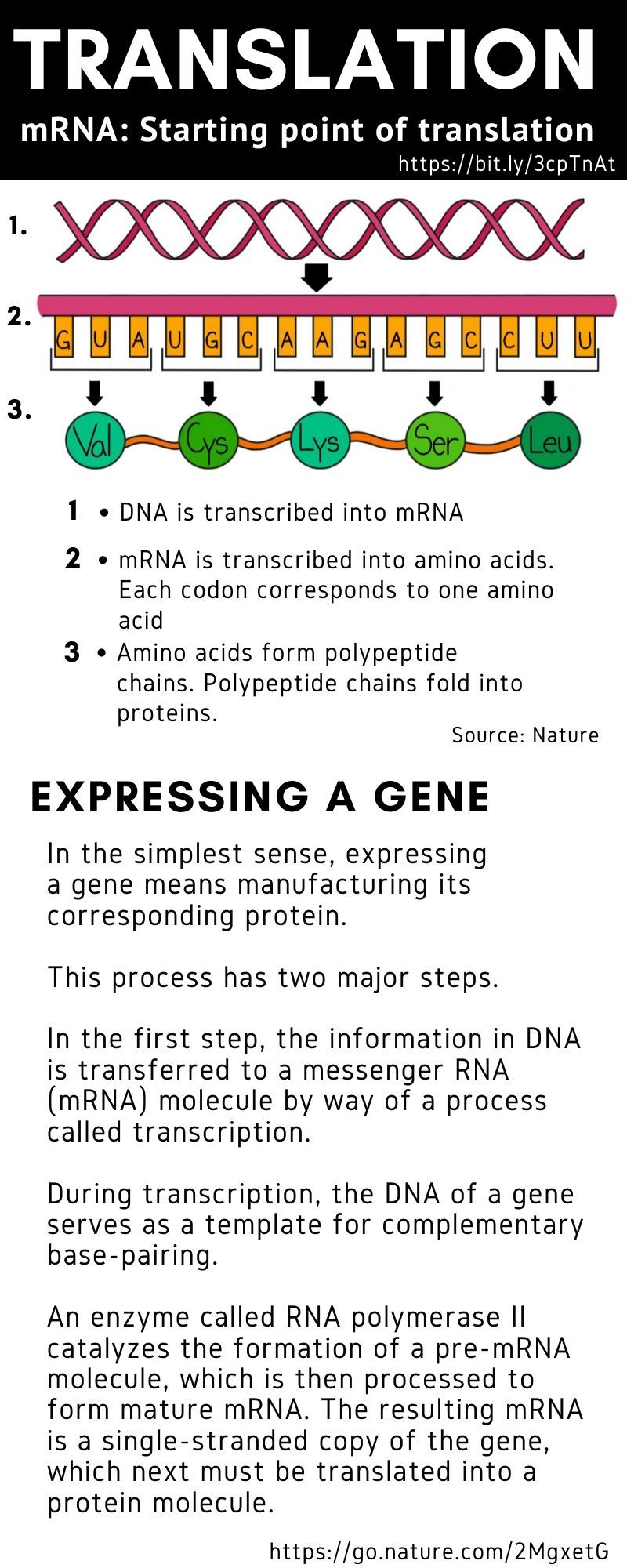
The mRNA sequence codes for antigens (molecules capable of stimulating an immune response). That's why it's a useful new tool for medical science as proteins can be "programmed" to mimic, or resemble, those of the pathogen, (such as the S-protein that form the outer surface of the SARS-CoV-2).
Upon the delivery of the vaccine into the body, this sequence is translated by the host cells to produce the encoded antigens, which then stimulate the body’s adaptive immune system to produce antibodies against the pathogen.
Basically, an mRNA vaccine provides acquired immunity through an RNA-containing vector, such as lipid nanoparticles.
How does mRNA-vaccine technology work?
The mRNA sequence codes for antigens (disease-fighting agents), or proteins that are identical or resemble those of the pathogen.
Upon the delivery of the vaccine into the body, this sequence is translated by the host cells to produce the encoded antigens, which then stimulate the body’s adaptive immune system to produce antibodies against the pathogen.
Nature reports that the biggest advantage of mRNA technology is rapid manufacturing of vaccines.
In theory, using mRNA as the basis of therapeutics and vaccines is characterised by a flexibility with respect to production and application.
"Any protein can be encoded and expressed by mRNA, in principle enabling the development of prophylactic and therapeutic vaccines fighting diseases as diverse as infections and cancer as well as protein replacement therapies," according to RNAbiology.
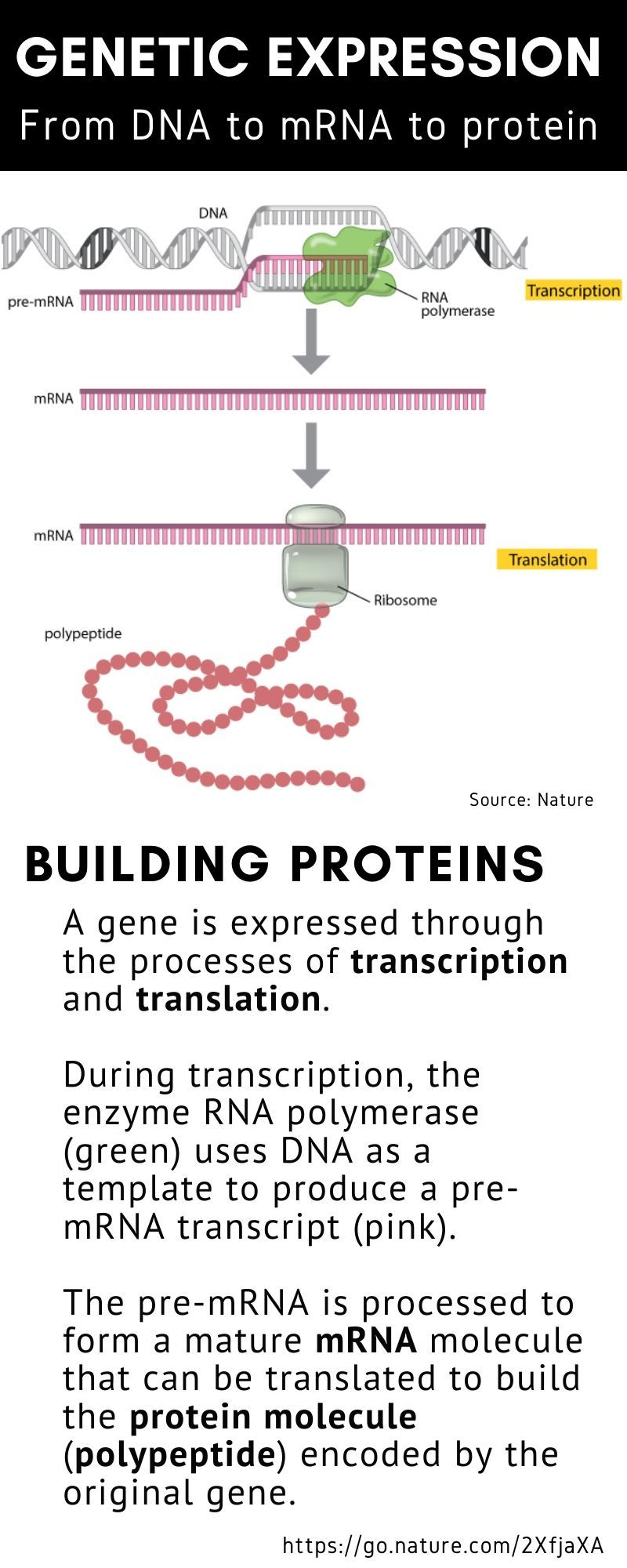
How many mRNA vaccines are on trial for COVID-19?
Among the top 10 front-runner candidate vaccines for COVID-19, there are currently two based on mRNA technology: one each by Moderna (US) and another by Pfizer/BioNTech/Fosun (US-Germany-China).
In total, there are 18 mRNA-based candidate vaccines in development globally for COVID-19, according to GlobalData’s Pharma Intelligence Center Drugs Database.
The presence of antigens in the body normally triggers an immune response.
When was mRNA first used?
mRNA as a therapeutic was first promoted in 1989 after the development of a broadly applicable in vitro transfection technique. A few years later, mRNA was advocated as a vaccine platform.
It was deemed ideal as it brings together the immunological features of live "attenuated" vaccines such as endogenous antigen expression and T-cell induction — with those of "killed" (or subunit vaccines) like defined composition and safety.
What's the difference between 'attenuated' vs 'inactivated' vaccine?
An attenuated vaccine is a vaccine created by reducing the virulence of a pathogen (disease-causing agent), but still keeping it viable (or "live"). Attenuation takes an infectious agent and alters it so that it becomes (theoretically) harmless or less virulent.
In contrast, an inactivated vaccine (or "killed" vaccine) is a vaccine consisting of virus particles, bacteria, or other pathogens that have been grown in culture and then lose disease-producing capacity, usually by running them through ultraviolet light or a chemical process (i.e. ascorbic acid or formadehyde, among others). Examples of inactivated vaccines include: inactivated poliovirus (IPV) vaccine, whole cell pertussis (whooping cough) vaccine, rabies vaccine and the hepatitis A virus vaccine.
Are there any mRNA vaccines approved for use by humans for COVID-19?
No. Or not yet. But there are mRNA vaccines on trial as antidote to the coronavirus.
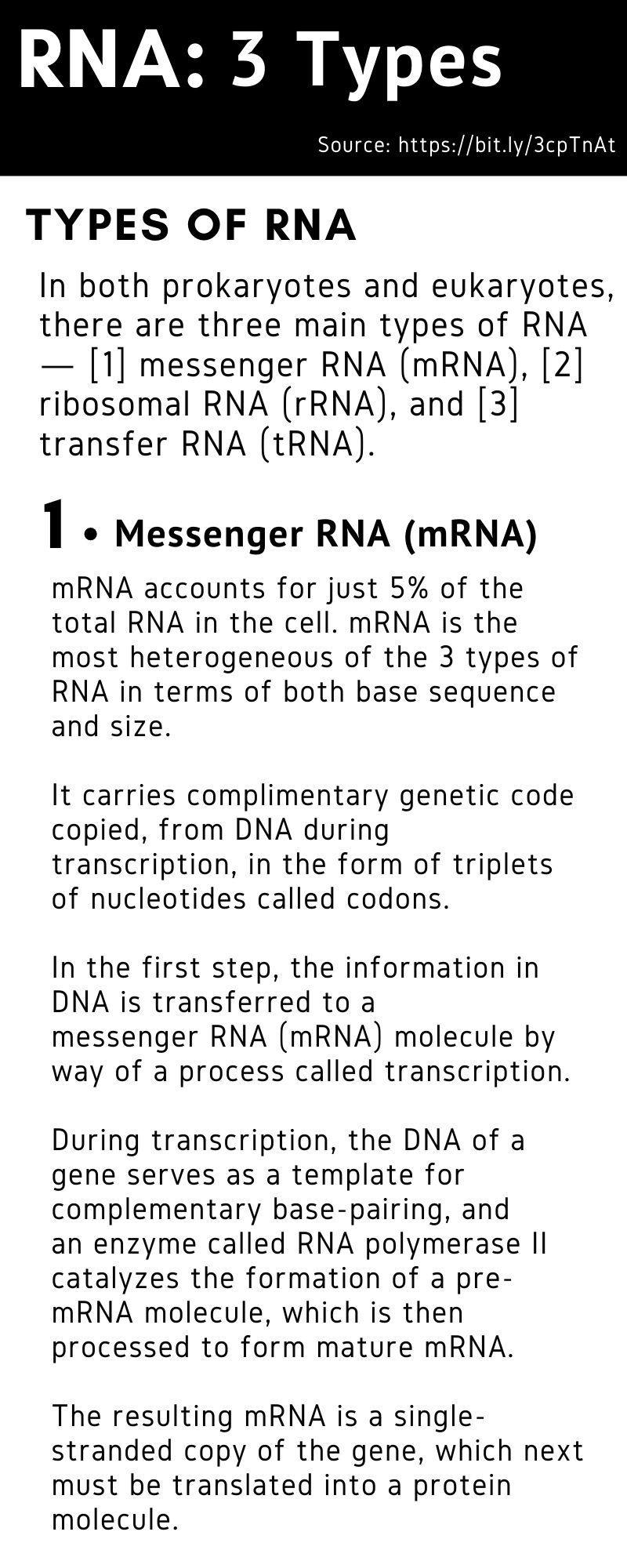

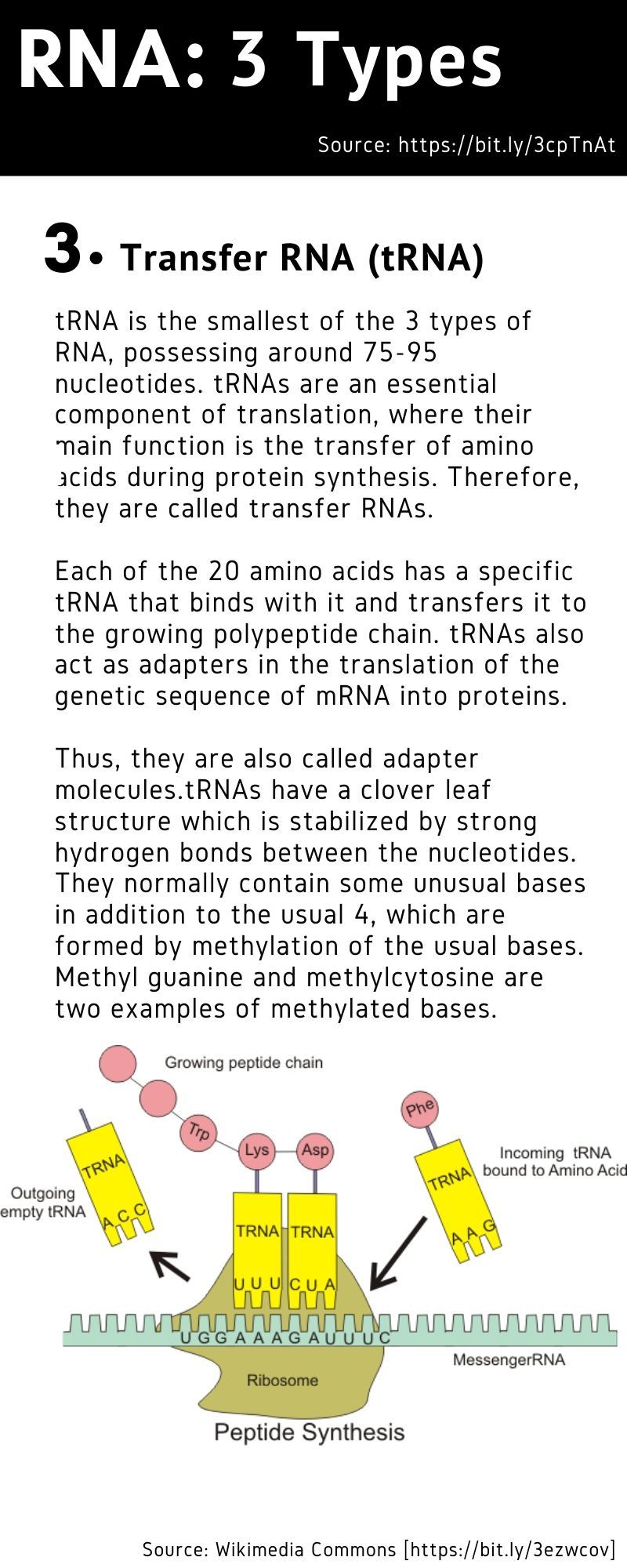
What are the leading mRNA vaccine candidates?
There are two, among the leading 10:
- BNT 162 - Pfizer/BioNTech/Fosun Pharma
- mRNA-1273 - Moderna/National Institute of Allergy and Infectious Diseases
What are the advantages of mRNA vaccine over DNA or other traditional ones?
mRNA vaccines offer multiple advantages over DNA vaccines in terms of the following:
- Mass production
- Administration
- Safety
mRNA vaccines are also thought to have the potential to be used for cancer in addition to infectious diseases. Multiple companies, including CureVac and Moderna, Pfizer/BioNTech/Fosun work on the development of mRNA vaccines to combat the COVID-19 pandemic. If the mRNA vaccines pass rigorous trials — proving they're safe and efficacious following trials on thousands of subjects/volunteers — one key advantage hinges on rapidity of manufacture. This is because the process is cell-free and scalable.
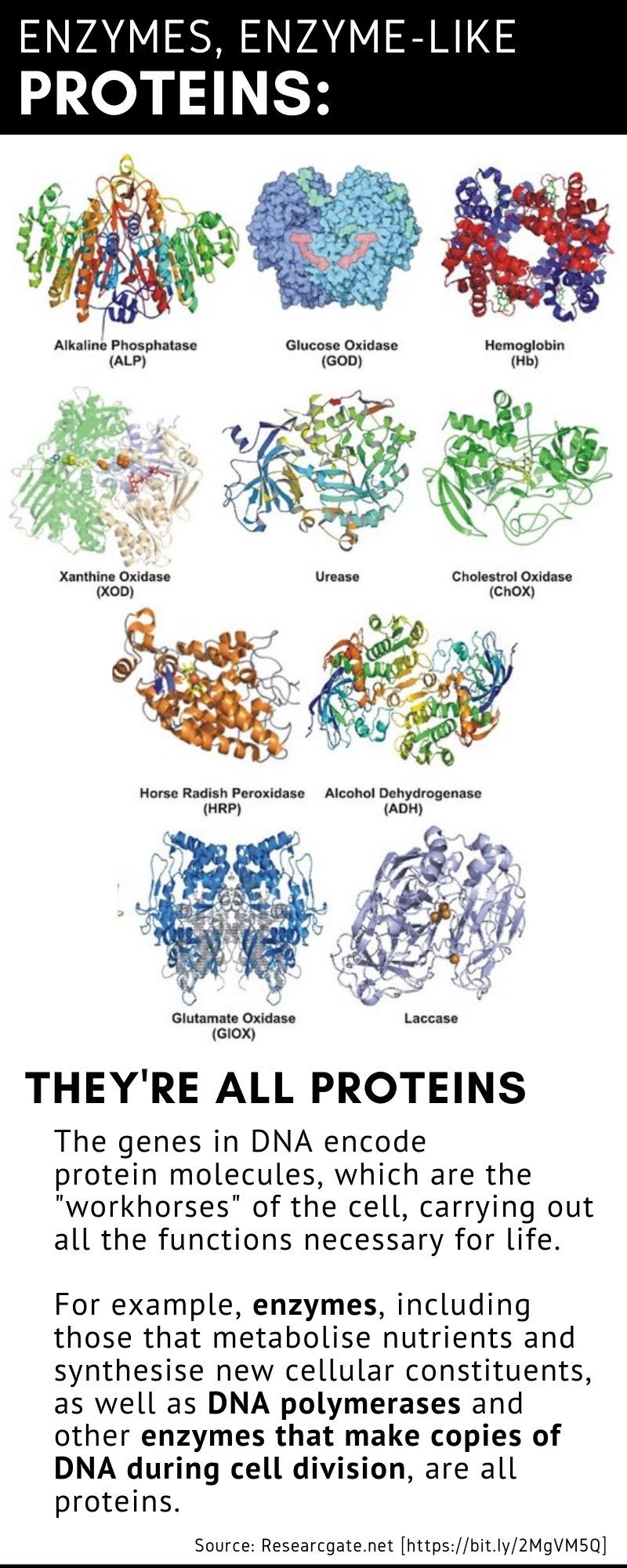
A key advantage in mRNA technology is that the production facility could theoretically manufacture vaccines rapidly against multiple targets, with minimal adaptation to processes and formulation. Within weeks, clinical batches can be generated after the availability of a sequence encoding the immunogen.
In addition, new targets requiring multi-antigen approaches will benefit from the speed in which mRNA can render multiple constructs, according to Nature.
Who will approve the vaccine, and review the trials?
They will go through approvals in different jurisdictions. The Who keeps an online database of all the trials and their status. In the US, the vaccine must be approved the FDA (US Food and Drug Administration).
For Europe, it’s the EMA (European Medicines Agency). Every country has its own drug and vaccine regulatory body who also must approved the vaccine.
Who are the major vaccine developers?
Other major pharma giants in various stages of vaccine development include: AstraZeneca/Oxford GlaxoSmithKline/ Sanofi, Johnson & Johnson/US Biomedical Advanced Research and Development Authority (BARDA). In addition, there are Chinese, Indian, Italian biotech firms — as well as Mexican, Japanese, Danish and Thai vaccine developers, among others.
What are the results of mRNA vaccine trials in human volunteers?
On May 18, 2020, Moderna said its vaccine trials showed “early signs” of viral immune response. Moderna injected the first mRNA-based vaccines on human volunteers in March 16, 2020.
Six months later (on November 16, 2020), following clinical trials involving 30,000 volunteers, Moderna announced its vaccine is 94.5% effective. That efficacy claim was based on an interim data analysis of 95 infections among trial participants. Out of the 95 who were infected, only five infections (who suffered mild to moderate cases of COVID-19) occurred in volunteers given the vaccine (called mRNA-1273), which was administered in two shots 28 days apart. Of the 11 volunteers who faced severe COVID-19 cases, all 11 were given placebo (not the experimental mRNA-1273 shot), according to Moderna.
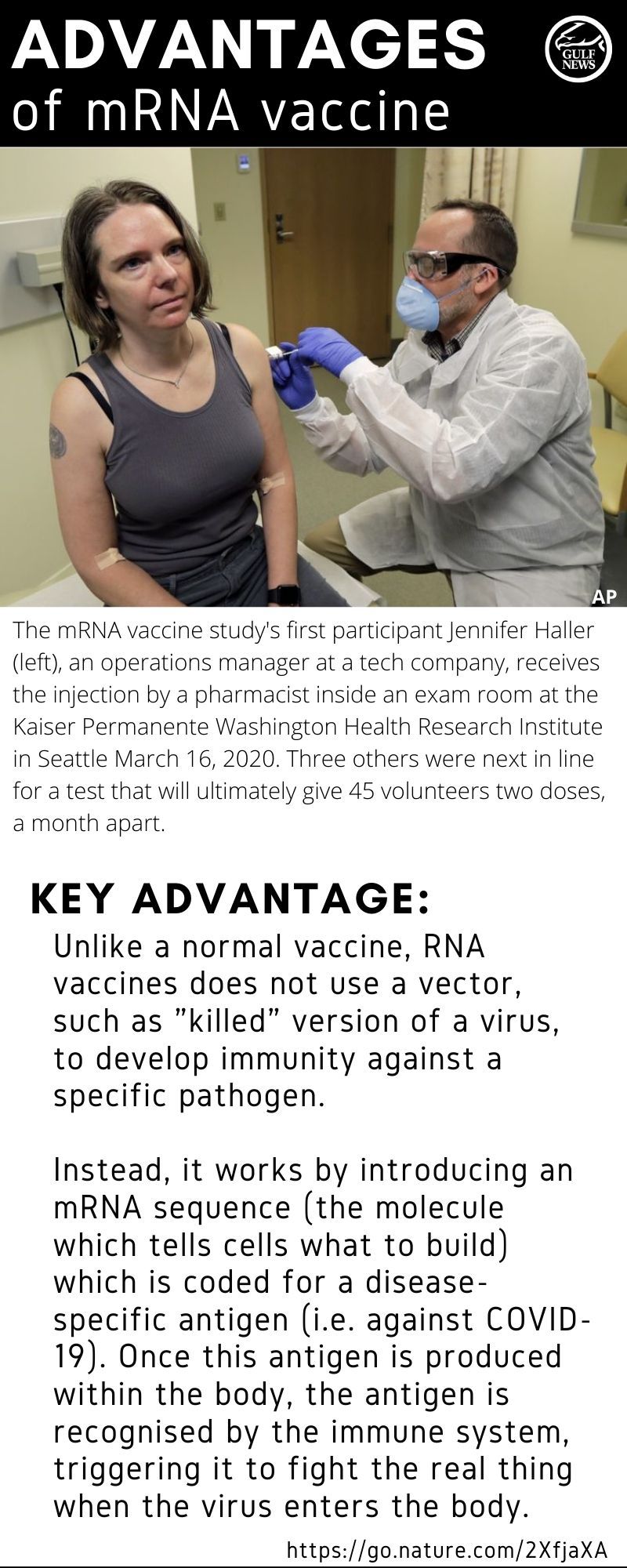
In the initial Moderna trial, researchers looked at blood samples taken from volunteers to check whether the vaccine helped them generate antibodies that could fight off an infection.
What they found: At two lower dose-levels used in the study, levels of antibodies found after getting a second booster shot of the vaccine either equaled or exceeded the levels of antibodies found in patients who had recovered from the virus.
It’s an early sign that an antibody was made and can stop the virus from replicating. The company said that safety profile appeared to be “good”, and the reactions were typical of vaccines. They included injection site pain and redness, as well as temporary fever or chills that quickly go away on their own, said officials.
Meanwhile, Pfizer is also conducting clinical trials in the US and Europe for its BNT162 vaccine against SARS-CoV-2 virus with with German mRNA company BioNTech. Recently, Pfizer CEO Albert Bourla claimed their COVID-19 vaccine could be ready by the end of October.








